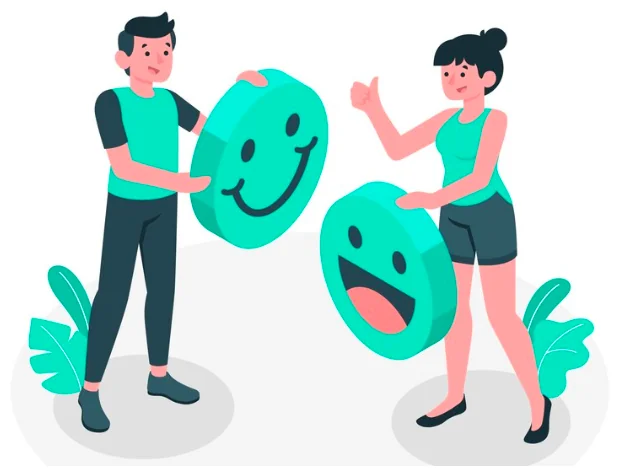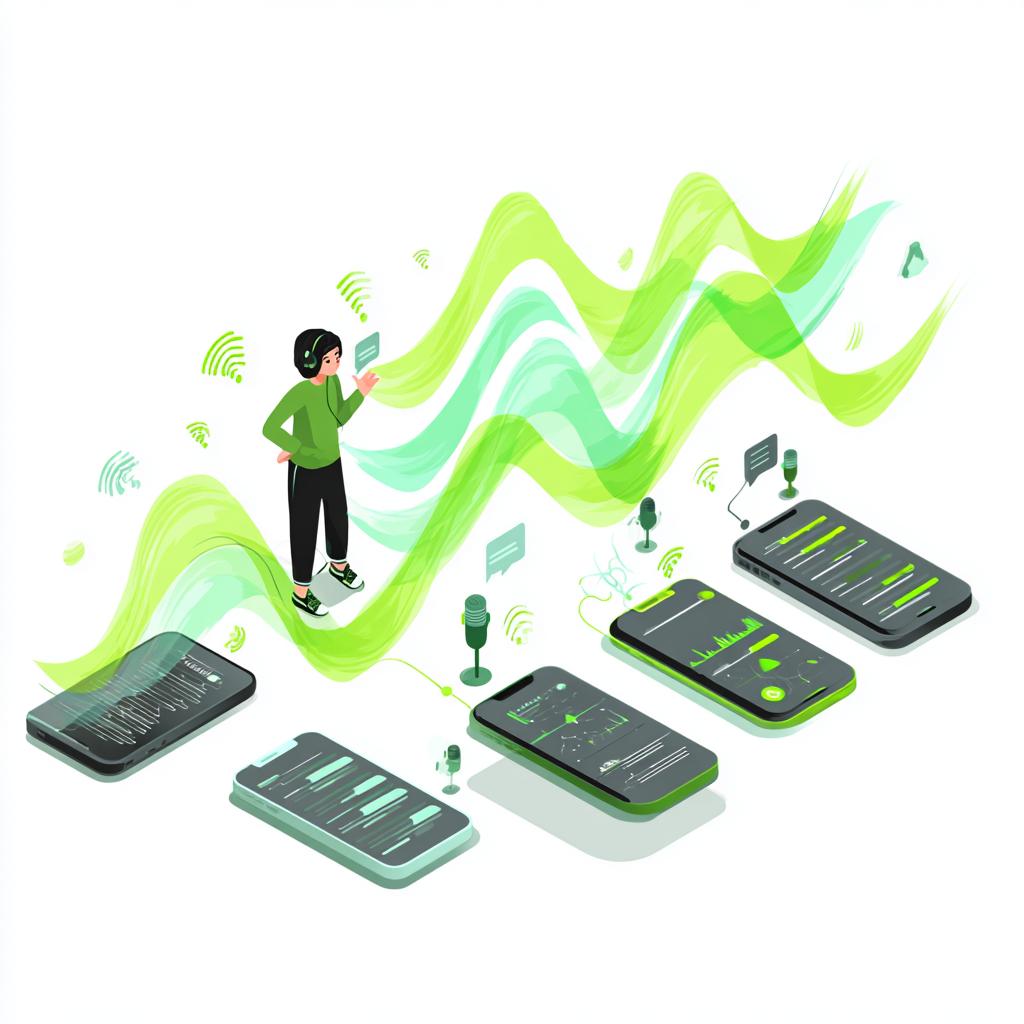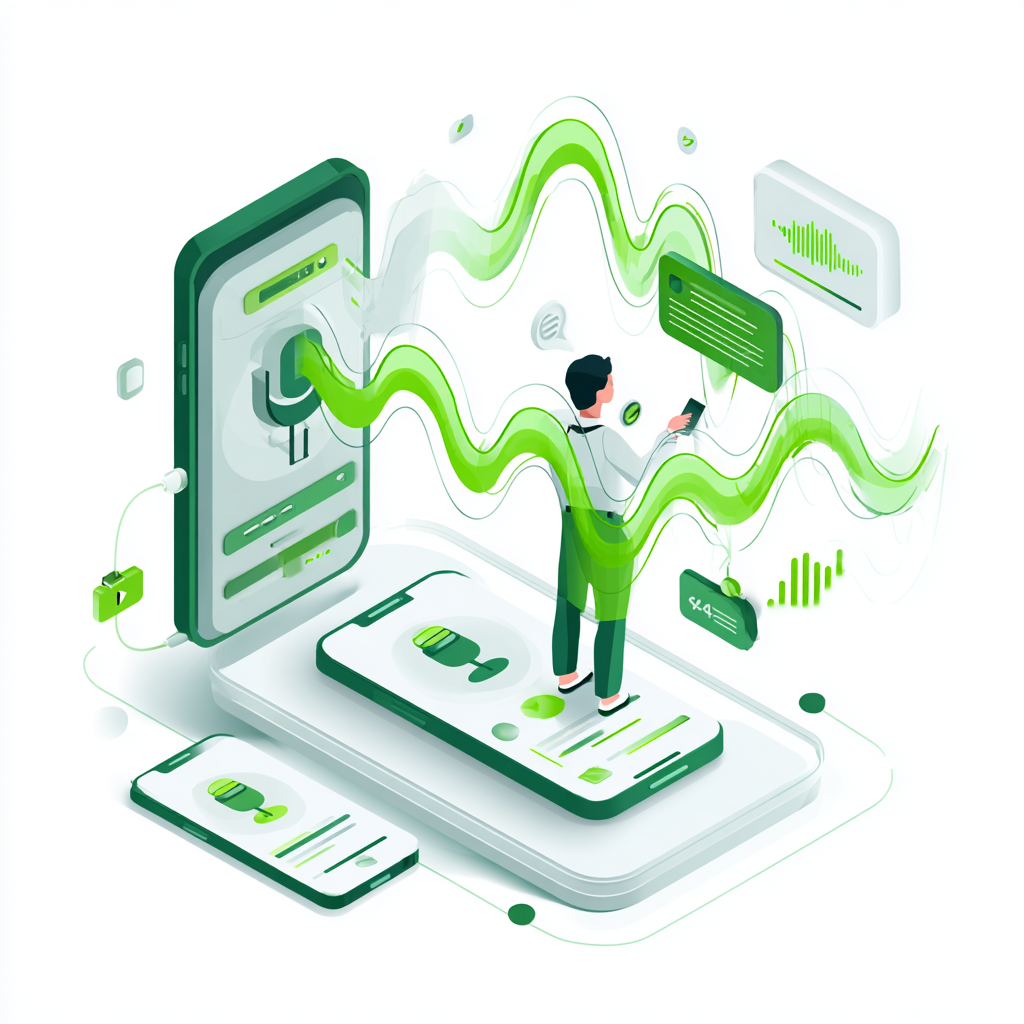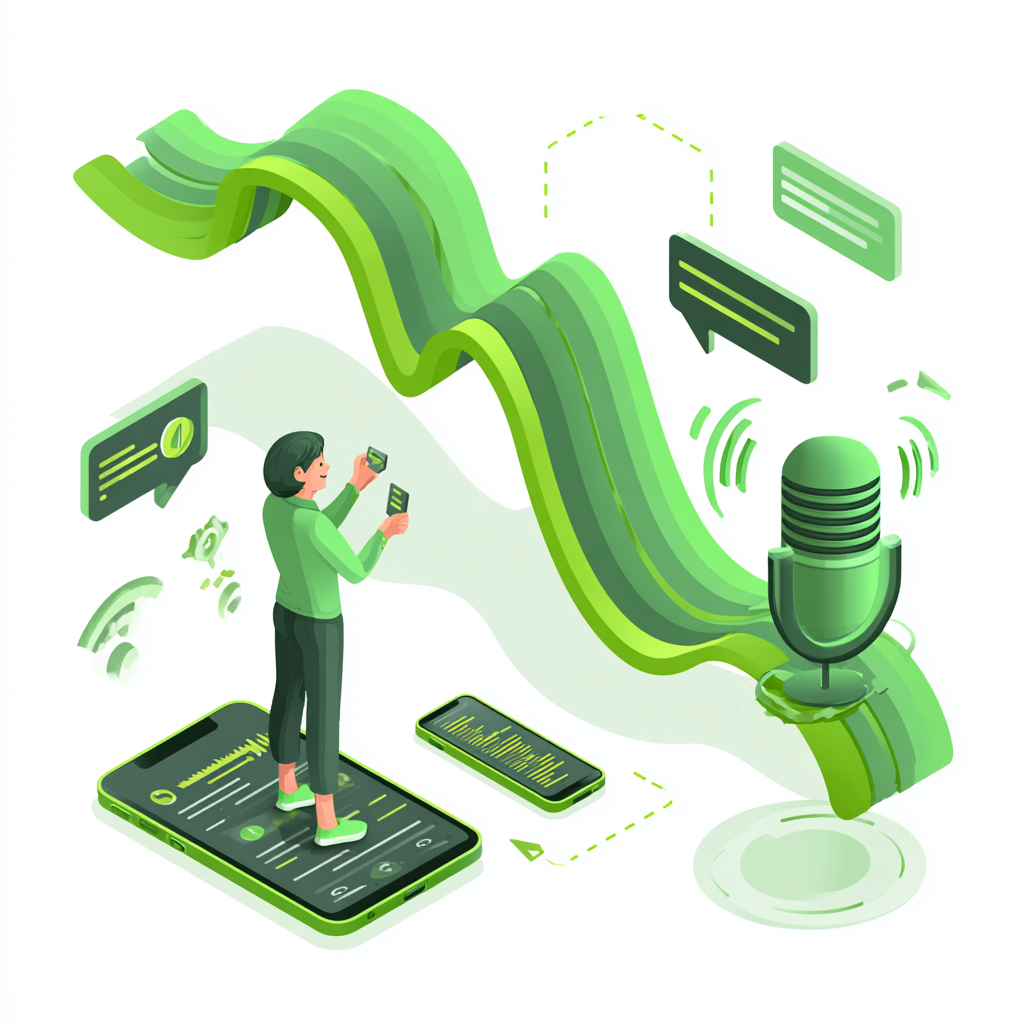Many businesses struggle to retain customers despite offering fantastic products or services. Customers leave without warning, leave negative reviews, or stop returning. The issue is often the customer experience (CX), not the product. Customer experience is a customer’s overall impression after interacting with your brand, from their first visit to after-sales support. A poor experience drives customers away, while a great one builds loyalty and boosts revenue. This article will explore CX, why it matters, and how businesses can improve it.
What is customer experience, and why does customer experience matter?
Customer experience refers to customers’ overall perception of a business based on their interactions at various touchpoints. It encompasses every customer journey stage, from the first impression to post-purchase engagement. A well-crafted customer experience builds trust, encourages repeat business, and strengthens brand loyalty. For example, imagine a customer purchasing a smartphone from an online store. Their experience begins with the website’s ease of navigation, product descriptions, and checkout process. After placing the order, they receive timely updates on shipping. Customer experience (CX) goes beyond providing excellent customer service. Reasons why a positive customer experience matters include:
- Increases customer retention: Customers are more likely to stay with businesses that provide a smooth and satisfying experience. When interactions are effortless and personalized, customers feel valued and continue doing business with the brand, reducing the cost of acquiring new customers.
- Boosts revenue and profitability: Happy customers are willing to spend more and purchase repeatedly. Businesses that prioritize CX often see higher conversion rates and customer lifetime value.
- Enhances brand reputation: Word-of-mouth marketing is powerful. When customers have a great experience, they share it with their network, leading to organic referrals and positive online reviews. In contrast, a negative experience can spread quickly and damage a brand’s reputation.
- Differentiating businesses from competitors: In competitive markets, products and prices are insufficient. A strong CX strategy sets a business apart by offering convenience, personalization, and seamless interactions.
- Reduces customer support costs: A well-designed customer experience reduces friction, meaning fewer complaints and service requests.
Key components of a winning customer experience
Several factors shape customer experience, affecting how customers perceive and interact with a business.
- Product or service quality: The quality of the product or service is the foundation of customer experience. Customers expect reliability, ease of use, and value for money. A well-designed product that meets or exceeds expectations enhances satisfaction, while a flawed product leads to frustration and negative reviews.
- Customer interactions: Every interaction between a business and its customers contributes to the customer experience. These interactions can occur in person, through a website, on social media, or in customer support channels. Effective communication, prompt responses, and personalized engagement create a positive experience.
- Emotional connection: Beyond functionality, emotions influence customer experience. A business that shows empathy understands customer pain points, and provides tailored solutions fosters a strong emotional connection. Customers who feel valued are more likely to remain loyal and advocate for the brand.
- Convenience and accessibility: A seamless and hassle-free experience encourages customer retention. Website usability, mobile-friendliness, ease of transactions, and quick problem resolution determine whether a customer remains engaged or seeks alternatives.
- Consistency across channels: Customers interact with businesses across multiple platforms, from websites to social media and physical stores. A consistent brand experience across these channels ensures that customers receive the same level of service and messaging, regardless of where they engage.
Customer experience vs. Customer service
Here is a breakdown of customer experience vs. customer service using bullet points:
1. Customer service:
Customer service is reactive, and it occurs when a customer initiates contact for help.
- Focus: Addressing specific customer issues, questions, or problems.
- Scope: Typically limited to direct interactions between a customer and a support representative.
Examples:
- Answering phone calls about billing.
- Responding to email inquiries.
- Troubleshooting technical problems.
- Processing returns or refunds.
Metric:
Customer service is often measured by resolution time, and customer satisfaction scores (CSAT) are related to specific interactions.
2. Customer experience (CX):
Customer experience is proactive and encompasses the customer journey, anticipating needs and shaping perceptions.
- Focus: Creating a positive and consistent experience across all touchpoints.
- Scope: Broad, including every interaction from initial awareness to post-purchase engagement.
Examples:
- Website usability and navigation.
- Marketing and advertising materials.
- Product quality and design.
- The ease of the purchasing process.
- Post-purchase follow-up and loyalty programs.
Metric:
Often measured by customer lifetime value (CLTV), Net Promoter Score (NPS), and overall customer satisfaction with the brand.
- Comprehensive: A bad CX can occur even with excellent customer service.
- Journey-based: Focuses on the whole customer journey.
Key elements of a great customer experience
The following elements are essential for creating an exceptional customer experience.
1. Understanding the customer journey
The customer journey encompasses every interaction with a business, from discovery to post-purchase engagement. Mapping out this journey helps businesses identify pain points and areas for improvement. Key stages include:
- Awareness: How customers discover the brand (e.g., advertisements, referrals, online search).
- Consideration: The decision-making process where they compare options and evaluate offerings.
- Purchase: The transaction experience, including checkout ease and payment security.
- Post-purchase: Follow-up communication, customer support, and opportunities for engagement.
2. Personalization and seamless interactions
Customers expect personalized experiences that cater to their preferences and needs. Businesses can achieve this by:
- Using data to offer tailored product recommendations.
- Addressing customers by name and remembering past interactions.
- Providing relevant content, offers, and promotions based on customer behavior.
3. Speed and efficiency in customer support
No one likes waiting hours for a simple response. Fast and effective support builds trust and keeps customers coming back. A slow response time or unresolved concerns can negatively impact brand perception. To enhance support efficiency, businesses should:
- Offer multiple support channels, including live chat, email, phone, and self-service.
- Use automation for instant responses while ensuring human agents are available for complex queries.
- Train customer service teams to handle inquiries professionally and empathetically.
4. User-friendly products and services
A great customer experience starts with well-designed, easy-to-use products and services. Customers should not struggle to navigate a website, complete a purchase, or understand how a product works. Key considerations include:
- Website and app usability: A clean, intuitive interface that simplifies navigation.
- Clear instructions and documentation: Help guides, FAQs, and tutorials to assist users.
- Accessibility features: Ensuring that products and services are inclusive for all users, including those with disabilities.
How to improve customer experience
Improving customer experience includes the following:
1. Collecting and analyzing customer feedback
Understanding customer needs starts with gathering and evaluating customer feedback. Feedback helps businesses identify strengths, weaknesses, and opportunities for improvement. Effective ways to collect feedback include:
- Surveys and polls: Short, targeted questions that gauge satisfaction and expectations.
- Reviews and ratings: Customer testimonials provide insight into real experiences.
- Social media listening: Monitoring brand mentions and customer discussions.
- Direct customer interviews: Engaging in conversations to uncover pain points.
2. Enhancing communication and support channels
Customers expect seamless communication across multiple channels. Delays, unhelpful responses, or difficulty reaching support can damage trust. To improve communication:
- Offer omnichannel support, including email, phone, live chat, and social media.
- Ensure that response times are quick and that queries are resolved efficiently.
- Provide self-service options, such as FAQs, knowledge bases, and chatbots.
- Personalize interactions by using customer history to offer relevant solutions.
3. Leveraging technology (AI, Automation, CRM Tools)
Technology is key in optimizing customer experience by increasing efficiency and personalization. Businesses can use:
- AI-powered chatbots: Provide instant answers to common questions.
- Automation tools: Streamline order tracking, appointment scheduling, and follow-up emails.
- Customer relationship management (CRM) software: Stores customer data, tracks interactions, and personalizes recommendations.
4. Training employees to deliver excellent service
Employees directly impact customer satisfaction, making training essential. A well-trained team understands customer expectations and knows how to handle various situations professionally. Key areas of training include:
- Active listening and empathy: Ensuring customers feel heard and valued.
- Problem-solving skills: Equipping employees to resolve issues effectively.
- Product knowledge: Allowing staff to provide accurate information and recommendations.
- Consistency in service delivery: Ensuring all employees align with the company’s customer service standards.
Delivering exceptional customer experience for long-term success
A strong customer experience (CX) strategy enhances satisfaction, builds trust, and increases brand loyalty. In today’s competitive market, businesses focusing on seamless interactions, like fast response times, personalized service, and smooth purchasing processes, gain a decisive edge. Prioritizing CX isn’t just an option; it’s essential for growth. Companies that actively improve customer interactions, invest in employee training, and optimize support channels see higher retention and revenue. Start refining your CX strategy today; minor enhancements like improved communication, faster service, and personalized experiences drive long-term success.





